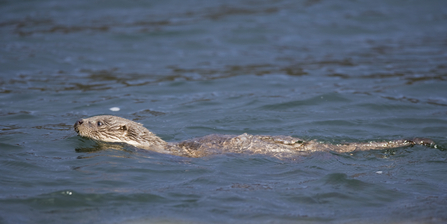The Trust’s Thriving in a Wilder Trent project has been awarded £875,602 to enable the Trust and partners to create new habitats to benefit a range of species from common terns to bitterns and otters across the Trent Valley.
The project is one of only twenty across England to be funded through the Species Survival Fund – a partnership with Department for Environment, Food & Rural Affairs and The National Lottery Heritage Fund. Locally it will deliver work with farmers and landowners covering a 90 km stretch of the River Trent from Dunham Bridge in North Notts, to Willington in Derbyshire, improve 28 kilometres of canal and 50 hectares of farm wetland and marshland for wildlife.
The project will increase the area of existing priority floodplain habitats including reedbed, wet woodland and hedgerows, and bring new land into positive management to enhance connectivity. Nottinghamshire Wildlife Trust sites that will benefit include Attenborough Nature Reserve near Beeston, Skylarks Nature Reserve at Holme Pierrepont and Besthorpe Nature Reserve in the Trent Vale north of Newark. In addition to enhancing established nature reserves, the project will fund habitat creation in partnership with private landowners.

